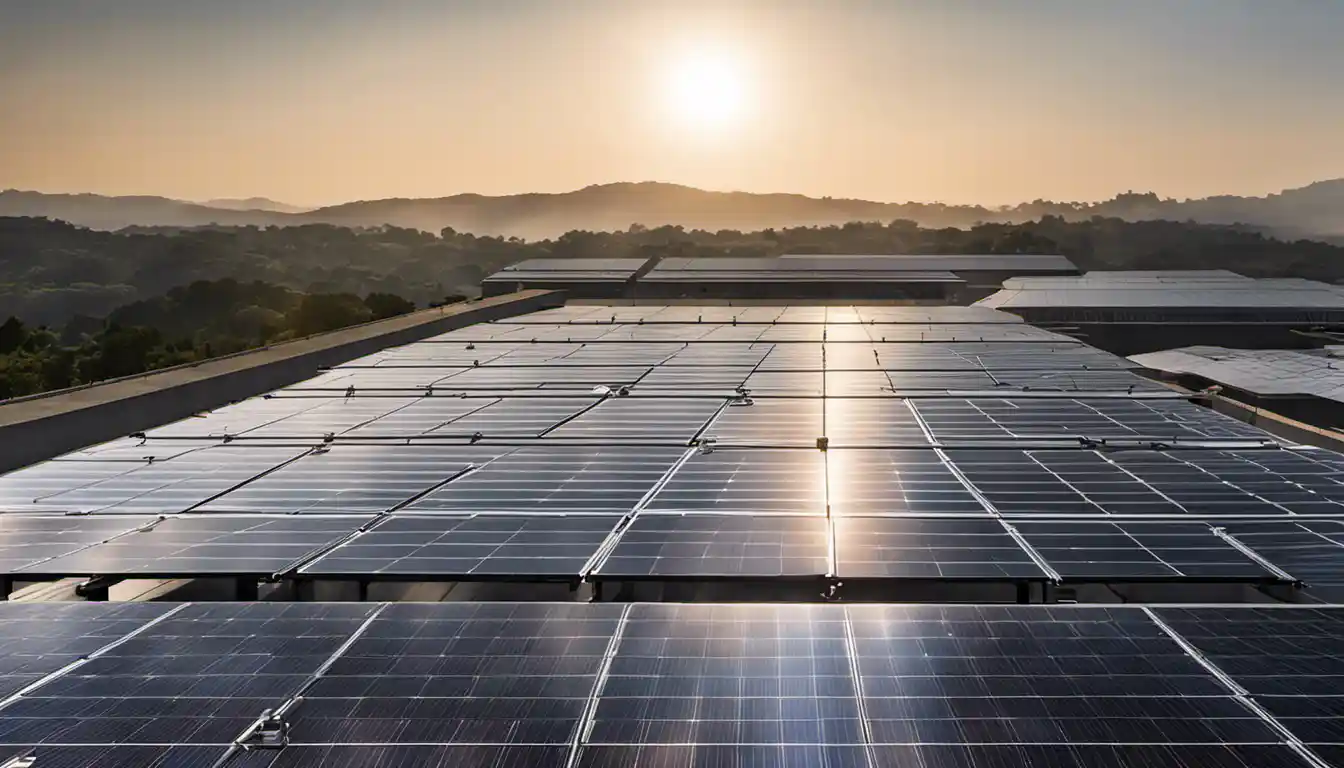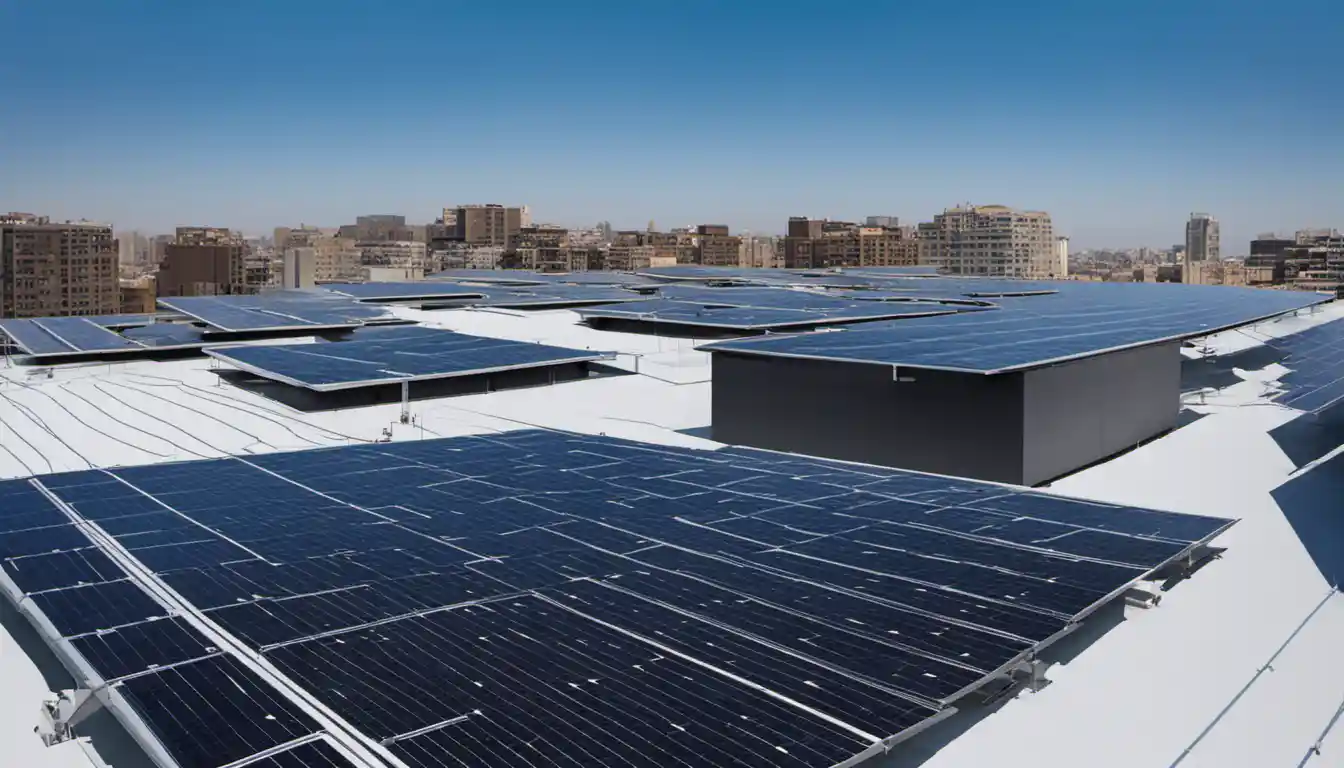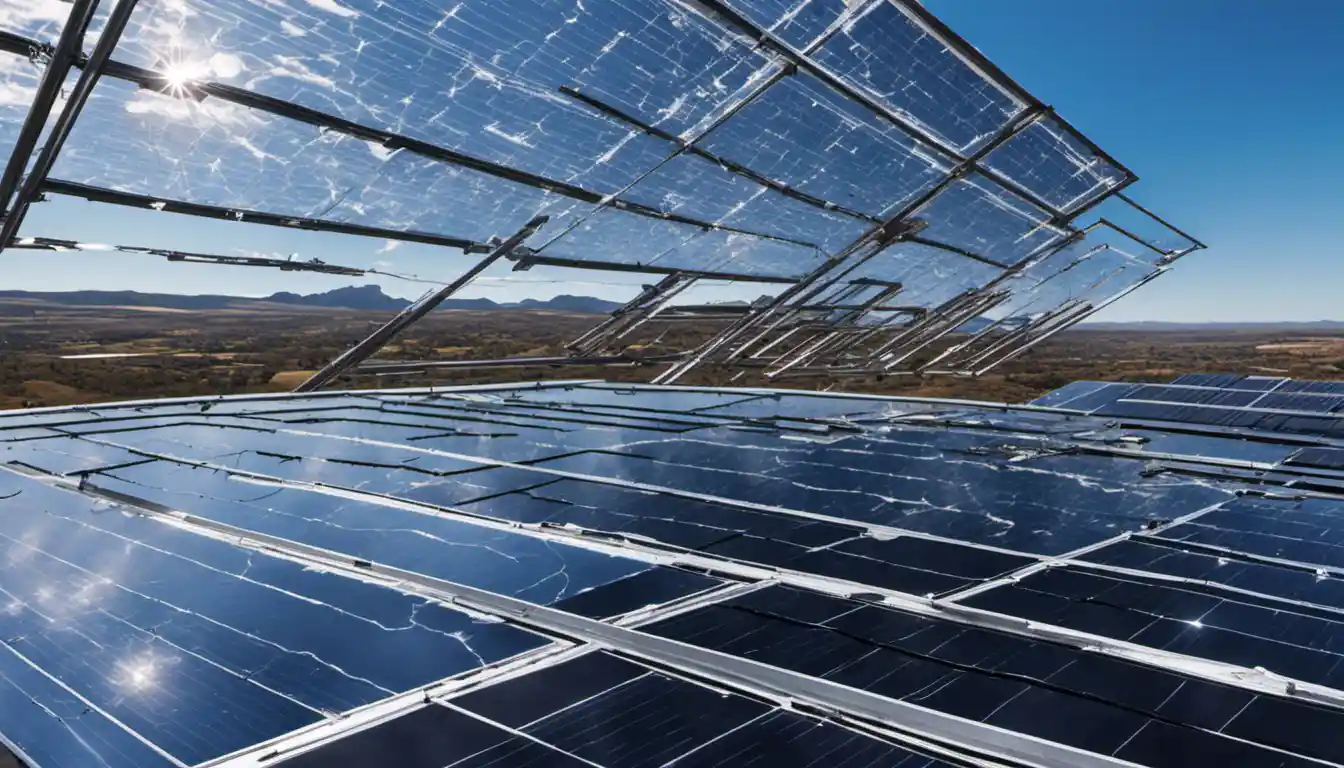Understanding the Threat
To protect solar panels from stones, you can consider using a protective mesh or screen that is designed to withstand the impact of thrown stones without hindering the sunlight that reaches the panels. You can also install them in a location that is less exposed to such risks, like on a high roof, and make sure they are properly angled to reduce the potential impact of a thrown stone.
Can Rocks Break Solar Panels?
As much as we admire the resilience of solar panels, it’s crucial to understand that they are not entirely invincible. Solar panels are made up of multiple photovoltaic cells encapsulated by glass, under which there’s a thin layer of silicon. Although this glass is tempered and designed to withstand harsh conditions including heavy rain and hail, a well-targeted or large enough rock can cause damage.
Evaluating the Real Risk to Solar Panels from Stones: What does science say?
The chances of your solar panels getting damaged by stones can be influenced by several factors such as your geographic location, the local climate, and the specific site of your installation. For instance, if you live in an area prone to tornadoes or hurricanes that could pick up debris, including rocks, and hurl them at high speeds, this risk could be significant.
Preventing Stone Damage to Solar Panels
An ounce of prevention is worth a pound of cure they say, and this principle applies perfectly to solar panels.
Selecting High-Quality Solar Panels
High-quality solar panels are often made with tempered glass that is more resistant to breaking, even when struck by flying debris like stones. When choosing panels, it’s essential to confirm that they meet or exceed industry standards, including resistance tests involving hailstones.
Ensuring Correct Installation of Solar Panels

Proper installation is a critical step in safeguarding your solar panels from possible stone damage. Panels should be firmly secured to prevent wind from lifting and potentially flipping them over to expose the glass surface to falling rocks. Invest in expert and certified installers to ensure the job is done correctly.
Measures Against Stone Damages
While you can’t entirely eliminate the possibility of stone damage, you can set measures to mitigate the losses should it occur.
Exploring Manufacturer’s Warranty
Most solar panels come with a warranty that covers against weather damage. This will often encompass stone damage. It’s essential to clarify this piece of information with the supplier before purchasing the panels.
Reviewing Homeowners Insurance Policy: Coverage for Solar Panels
Many homeowner insurance policies will cover solar panels, but the extent of the coverage varies from one policy to another. Some will cover all damages, while others may exclude particular types — like stone damages.
Optimizing Solar Panels Installation
Another preventive step to take on how to protect solar panels from stones involves optimizing the install location.
Considering Smaller Solar Panel Modules for added safety
Smaller modules have less surface area for potential impact and can also be more manageable if they need to be removed for severe weather occasions.
Understanding Positioning and Angle for Minimizing Stone Impact

The panels should be installed at an angle that allows them to shed water. This angling can, to a certain extent, also deflect falling objects.
Using Protective Measures
Beyond the installation itself, there are steps you can take to actually shield the panels.
The Role of Methacrylate Coating in Protecting against Stones
This specific coating can add a significant layer of protection between the panel’s glass surface and potential hazards, shielding the panels from the force of the impact.
Pros and Cons of Methacrylate Coating on Solar Panels
While the coating does a good job of offering protection, it generally doesn’t hold well against UV rays and can become less clear over time, reducing solar panel efficiency.
How to Apply Methacrylate Coating on Solar Panels
This is usually sprayed or brushed on to the panels and allowed to harden. The process requires utmost caution to ensure it’s applied evenly and doesn’t interfere with the light hitting the panel surface.
Detecting Damages and Repair
Owning solar panels requires you to conduct regular checks to identify and rectify potential damage.
How to Identify if a Stone has Damaged Your Solar Panels

Often, the damage will physically manifest in the form of cracks or chips on the surface. You might also see a decrease in output efficiency.
Can Solar Panels Work if they’re Cracked?
Somewhat functional, yes, but efficiency plummets. Cracks allow water and air to reach into the layers beneath the glass, which can lead to corrosion.
Steps for Repairing Cracked or Damaged Solar Panels
Depending on the level of damage, you might need the services of a certified technician. Small, manageable cracks can be repaired with certain types of epoxy or resins designed for use on solar panels.
When to Consider Replacing the Solar Panels
When the cost of repair is too high or the damage is extreme, replacement may be the most sensible option.
Key Takeaway: Solar Panels and Stone Threats
In spite of their resilience, “how to protect solar panels from stones” should be a question at the back of every solar power system owner’s mind. The fact is that yes, rocks can break solar panels. But armed with knowledge, it’s possible to significantly mitigate the risks and effectively manage any ensuing damage.
Remember, the warranty, insurance coverage, and professional installations are some of the best ways to protect your solar power investment. It’s always a good idea to find out more about solar panel protection on our detailed guide here: click here. Please note that although every situation differs, these suggestions should give you a solid starting point when it comes to protecting your solar panels from stone damage.
Forecasting Stone Threats and Your Solar Panels: A Practical Guide
In the end, choosing to go solar is a worthy investment — even in the face of potential stone threats. As technology improves, so too will the durability and resilience of solar panels. For now, the best way to protect solar panels from stones is to implement these preventative and protective measures, stay informed, and conduct regular maintenance checks.



